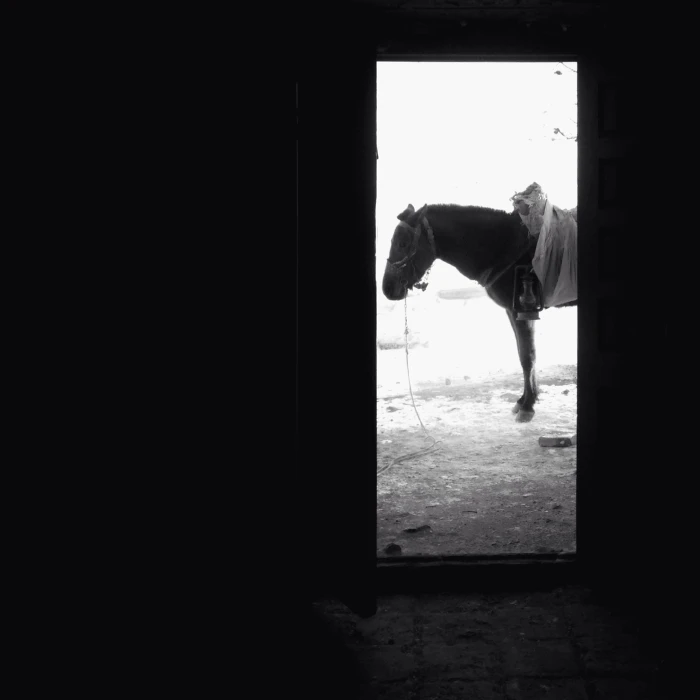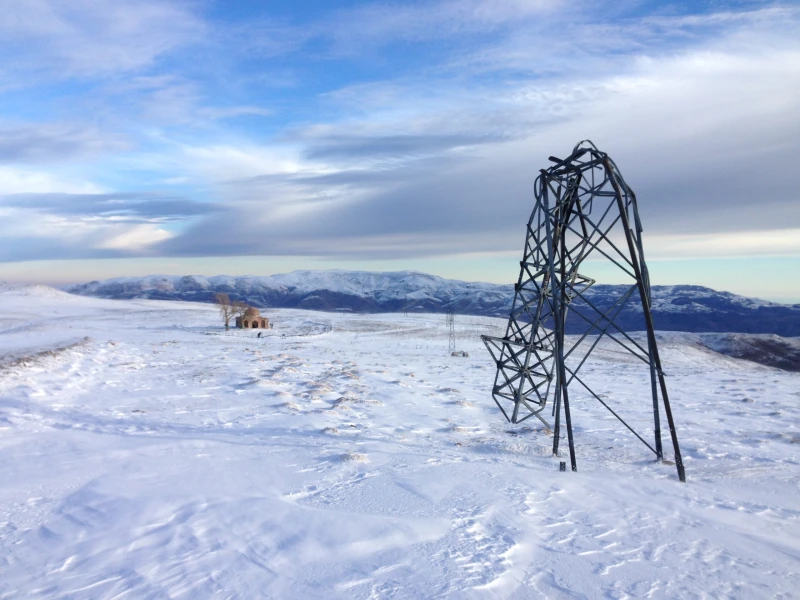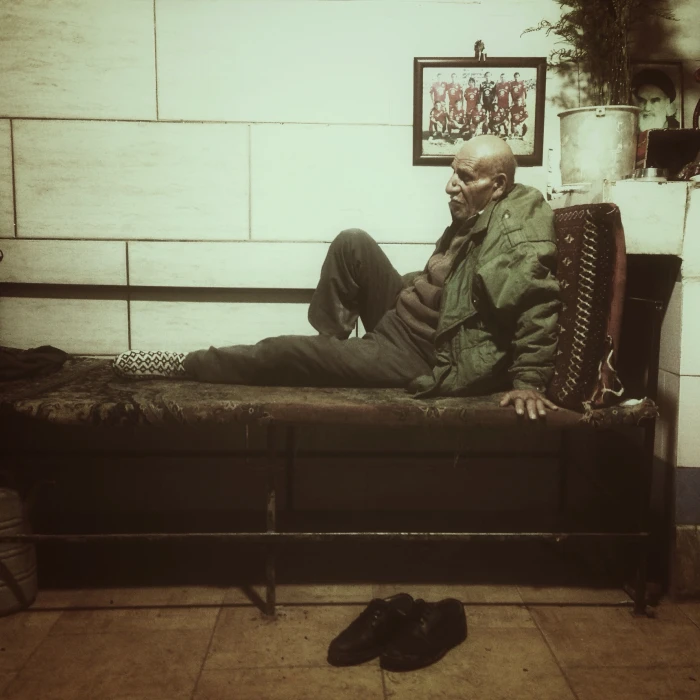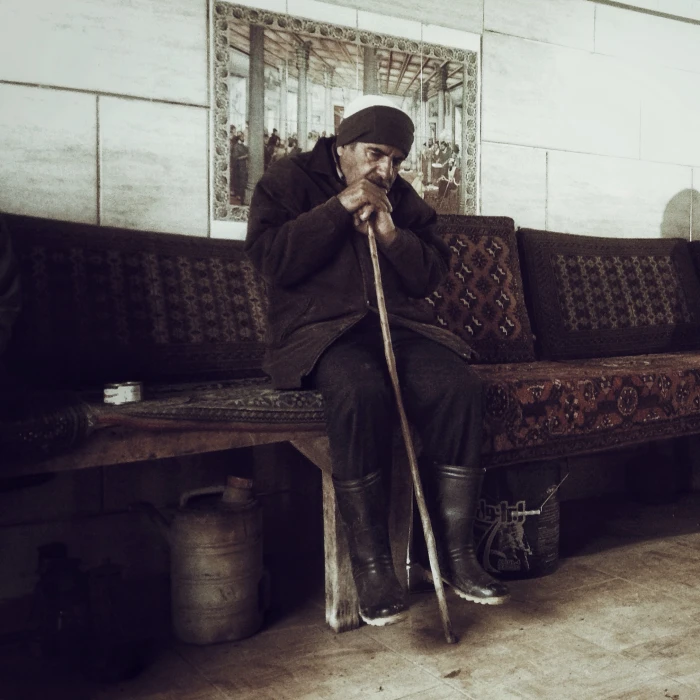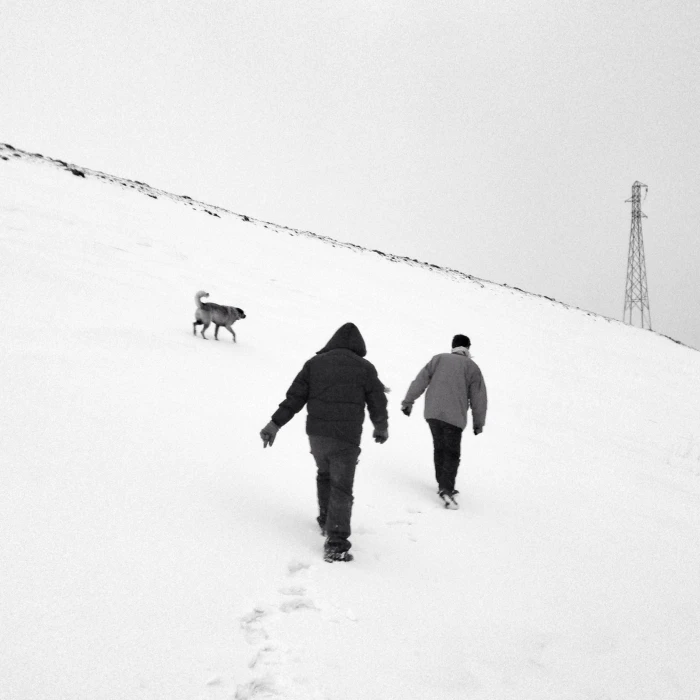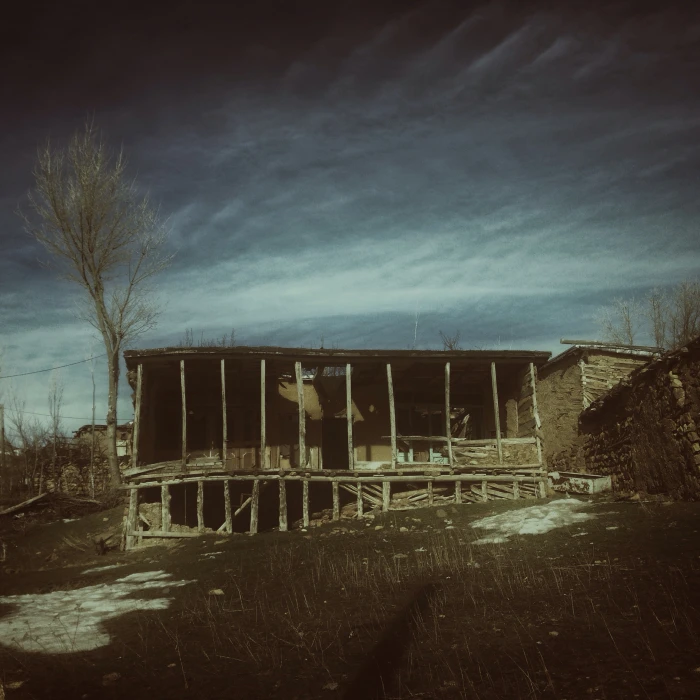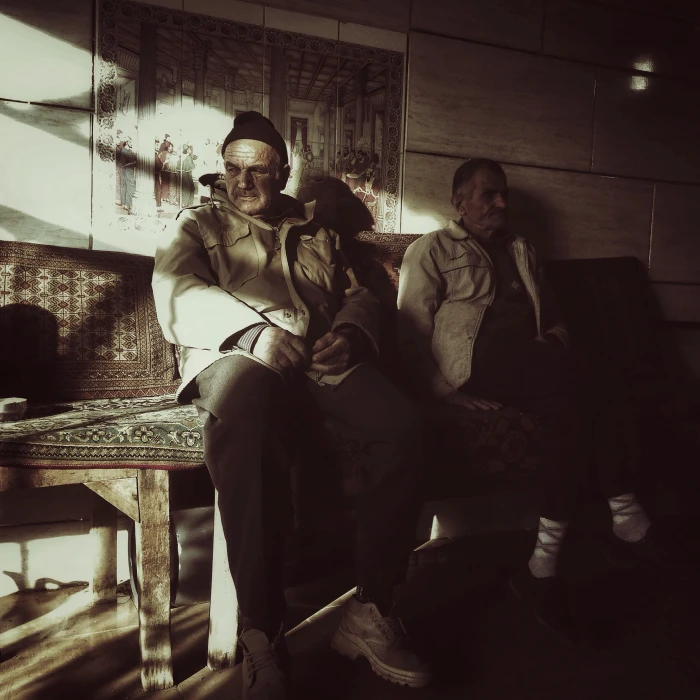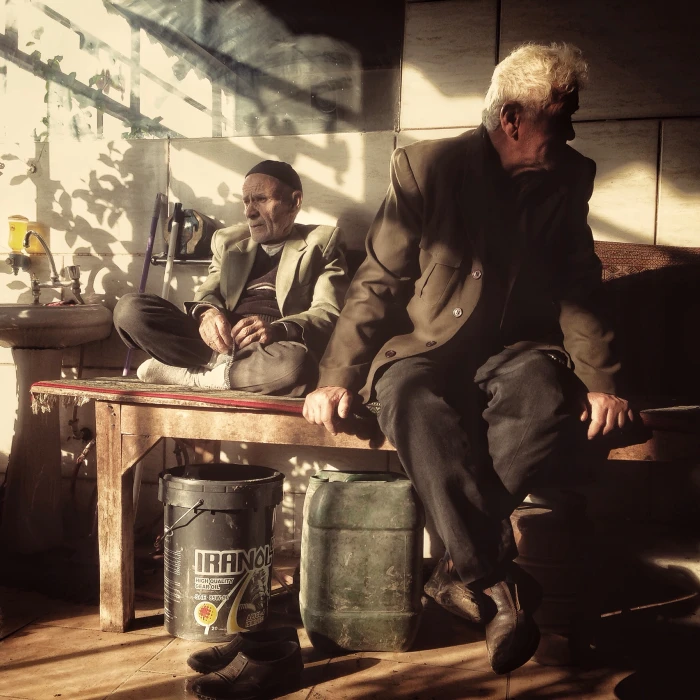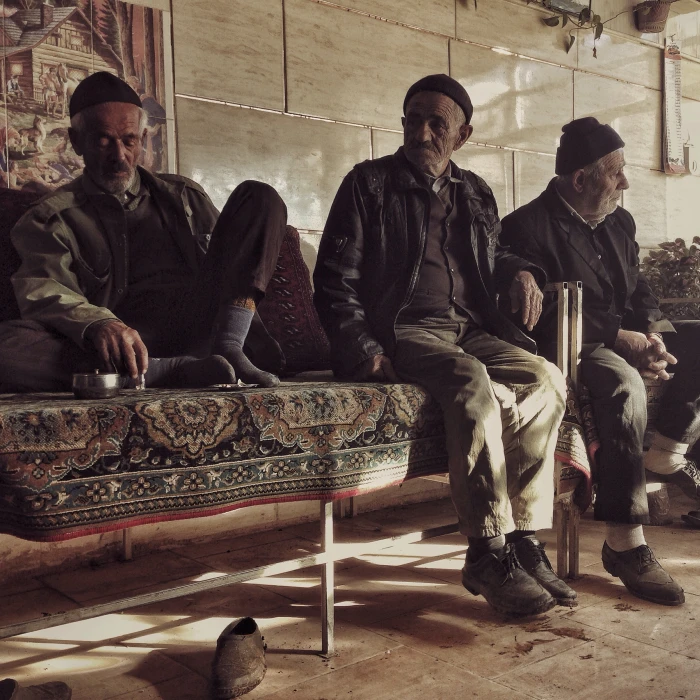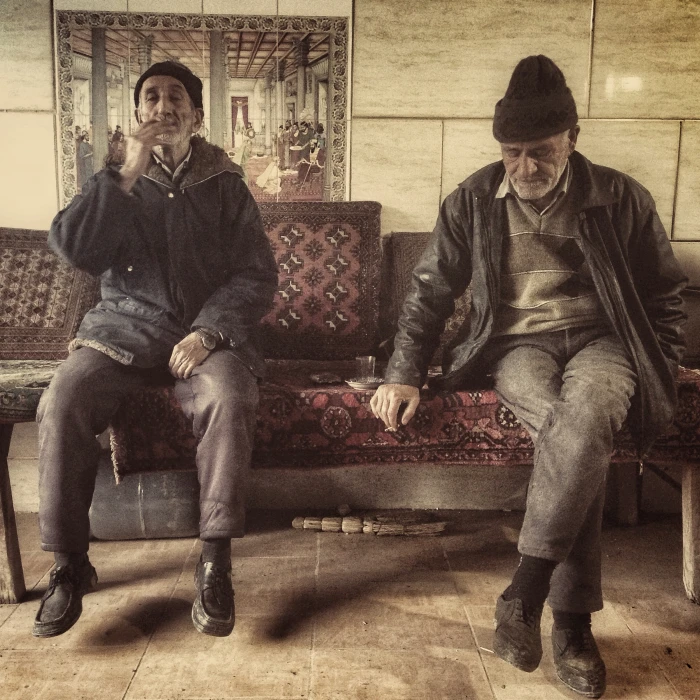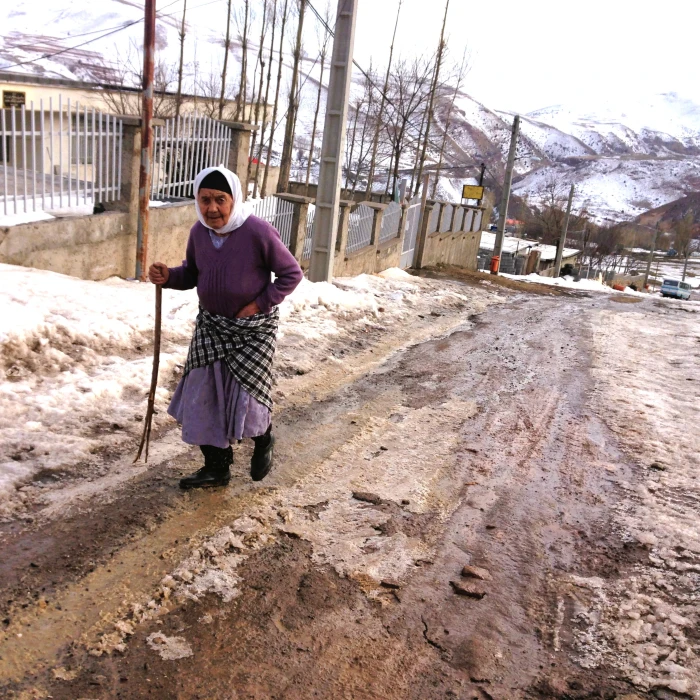The sky might have the same color everywhere, but not the earth. Kelishom is a village near Rudbar, where, in the earthquake of 1990, nearly a thousand of its residents lost their lives, and
its new cemetery is just a day old. After the earthquake, this village never truly recovered, and its people were never the same. They either migrated to cities to escape depression and the
loss of family and friends, or if they stayed, they were no longer the happy and carefree individuals they used to be.
One night, The joyfull atmosphere of hundreds of schoolchildren was silenced in just a few seconds. Now, this village has only one school and a few students. Kelishom, a dead rural community, is on the brink of extinction. Most of its inhabitants are elderly men and women who have no choice or alternative but to stay. During a week when I was a guest among the modest and hospitable people of Kelishom, I had the opportunity to better understand the lives of individuals whose existence, in some way, froze or was wounded and halted at some point twenty-five years ago.
The people living here seem that they won’t mind if every second that passes could be their last. The history, events, and conversations I hear from the people of this village and the neighboring villages are all divided into two parts: before the earthquake and after the earthquake. The walls of their homes and their cell phones are filled with pictures from before the earthquake. Kelishom’s residents look at them like retired sports champions who talk about their medals and, upon seeing them, sigh and give a bitter smile. The whole village seems like a frozen photograph, as if someone took a picture at 3:30 AM on the 31st of Khordad in 1990, capturing time in Kelishom forever.
